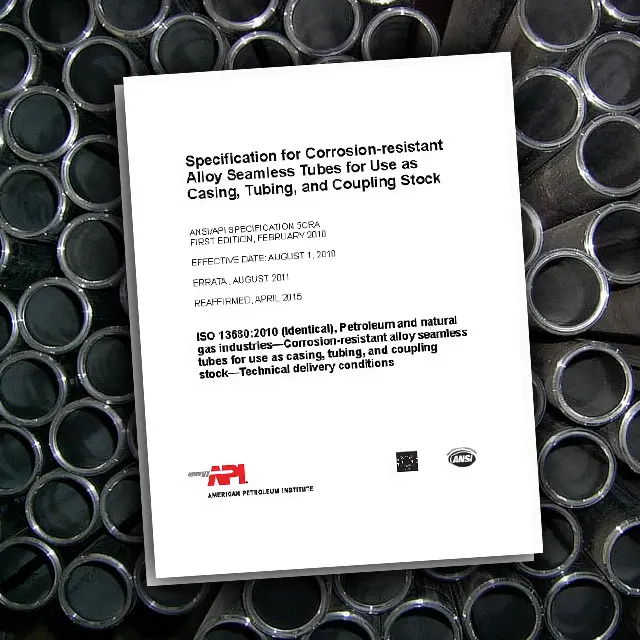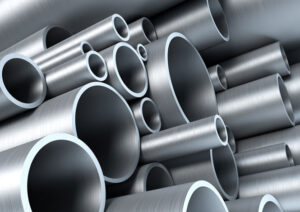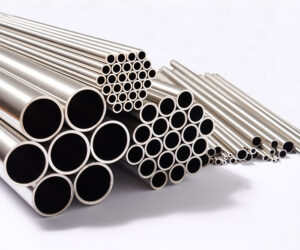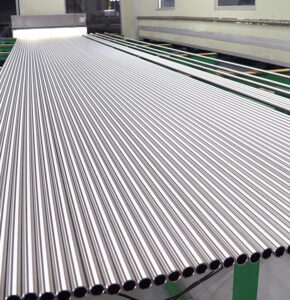What Is NACE MR0175 / ISO 15156?
NACE MR0175/ISO 15156 is a materials standard that specifies the use of corrosion-resistant materials in oil and gas production and natural gas treatment plants. It was originally a US standard developed by the National Association of Corrosion Engineers (NACE) in 1975, and was later adopted by ISO in 2003.
What is it Nace?
The document too frequently referred to simply as “NACE”, was first issued in 1975 by the National Association of Corrosion Engineers, now known as NACE International. NACE MR0175 is titled: Petroleum and Natural Gas Industries — Materials for use in H2S-containing environments in oil and gas production. It was issued as a recommendation of threshold limits of H2S above which precautions against environmental cracking are considered necessary. In 2003, a similar document was issued to cover the refining industry, NACE MR0103 Materials Resistant to Sulfide Stress Cracking in Corrosive Petroleum Refining Environments. Also in 2003, MR0175 was adopted by ISO and designated as ISO 15156.


What Nace Consists of?
NACE MR0175/ISO 15156 consists of three parts:
— Part 1: General principles for selection of cracking-resistant materials
— Part 2: Cracking resistant carbon and low-alloy steels, and the use of cast irons
— Part 3: Cracking resistant CRAs (corrosion-resistant alloys) and other alloys
H2S Limits




